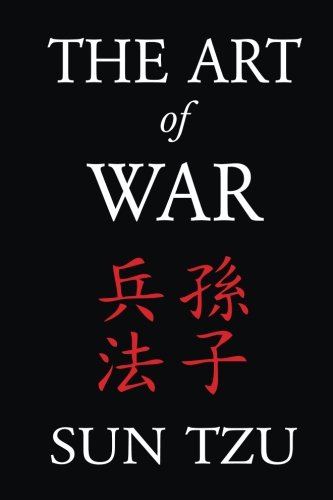During my recent winter vacation, I read “The Quotable Hitchens”, edited by Windsor Mann.
The full title of the book is “The Quotable Hitchens: The Very Best Of Christopher Hitchens”; the book was published over a decade ago, around the time that Hitchens had been diagnosed with esophageal cancer and roughly a year before his death. Editor Windsor Mann was a friend of Hitchens and decided to assemble this collection as a way of appreciation for Hitchens’ work over the years – a gift to the writer prior to his passing. For those unfamiliar with the writings of Hitchens, he was primarily a journalist but was also known as an expert polemicist – someone with whom you would not want to debate.
Hitchens was known to have a mind and wit that were both equally
razor sharp and capable of (virtually) drawing blood anytime he wanted, largely
for his own personal amusement. He was
known to be a contrarian and a gadfly, getting under the skin of political foes, regardless whether they were
from the left or the right. His disdain
for religion was found equally irritating by the devout. There was rarely someone whom he didn’t anger
with his opinions and observations about life, society, culture, or any other subject.
Structurally, the book is not divided into sections or
chapters; instead, it lists the topics of Hitchens’ quotes alphabetically. The cover of the book bears the subtitle “From
Alcohol To Zionism”, but this is not entirely accurate; although the last topic
of the book is in fact Zionism, the first quote is actually regarding Abortion. In fact, Alcohol is covered, but that does not
come until much later in the “A” portion. The quotes are derived from a wide variety of
sources; some of the quotes are from his writings (books, magazine articles,
essays), others from interviews he's given (television, radio and print media) and still
others come from various formal debates in which he participated.
There is the old saying, “Brevity is the soul of wit”. One is reminded of this when reading Hitchens’
quotes on various subjects. Some of the
longer passages just don’t quite have the impact as the shorter ones – he was
clearly a master of the one-liner and the clever rejoinder that could pierce a
bloated ego. By far and away, the
subject that has the greatest number of quotes in this book is Bill Clinton,
whom he hated. Quotes about the former
president weigh in at a whopping nine pages.
On Religion, there is, unsurprisingly 11 pages.
What’s great about this book is the fact that you don’t
necessarily have to read it in order; you could just pick it up and randomly
select any subject. One of
the best examples is his quote on the matter of martinis: “On the whole, observe the same rule about
gin martinis – and all gin drinks – that you would in judging female
breasts: one is far too few and three is
one too many”. Regarding Etiquette: “It’s often necessary to be rudest to the
nicest people” – a remarkably insightful observation on his part.
If you are a Hitchens fan, then you’ve likely already read this book; if you are a Hitchens fan and this work has somehow managed to elude you, then your duty is both clear and immediate to get on it right away. However, if you are not already a Hitchens fan, then this book might be something of a waste of time for you – at least until you’ve sufficiently devoured a good deal of this man’s work. There isn’t a day when one wishes that Hitchens was still around to comment on today’s current events, not to mention the Trump years.














